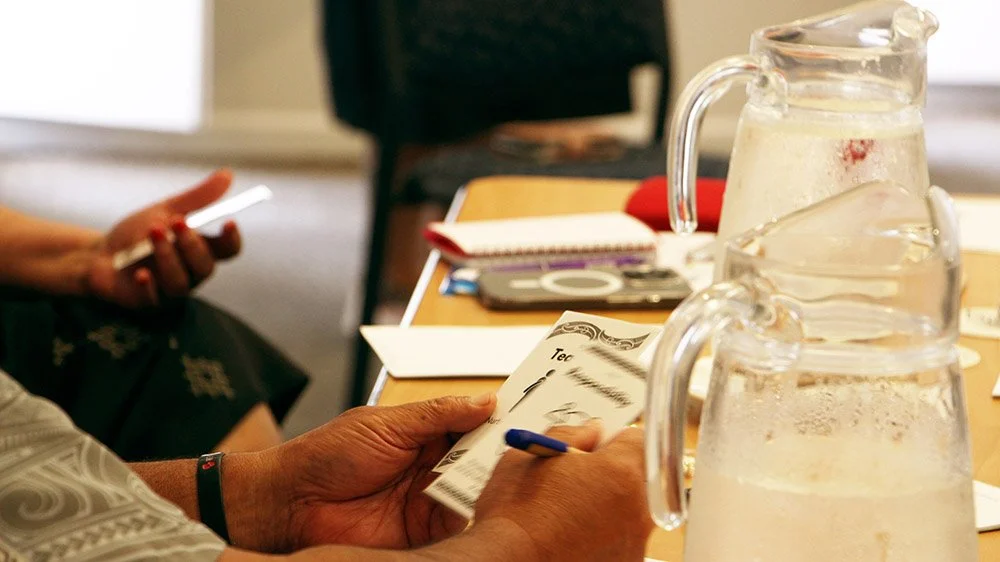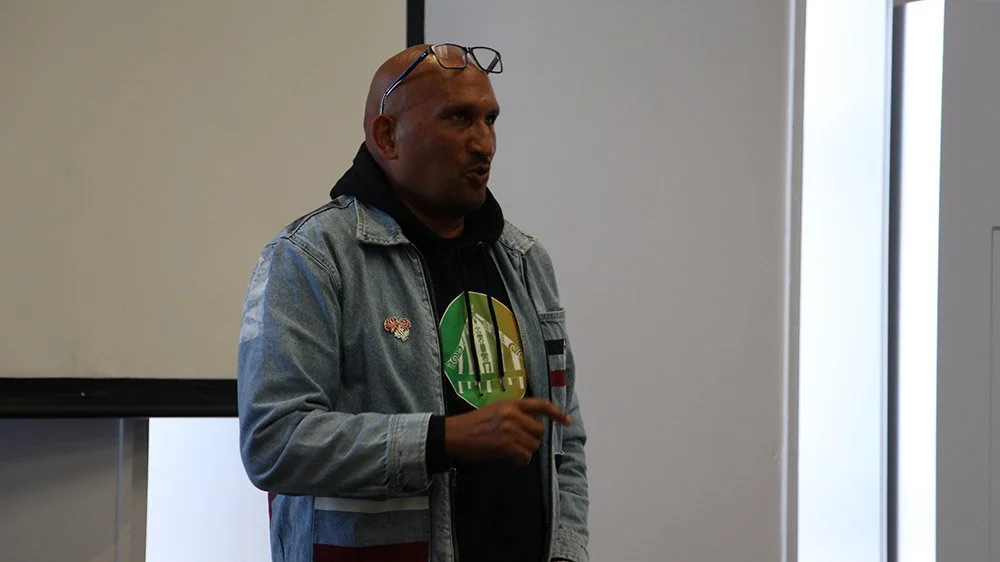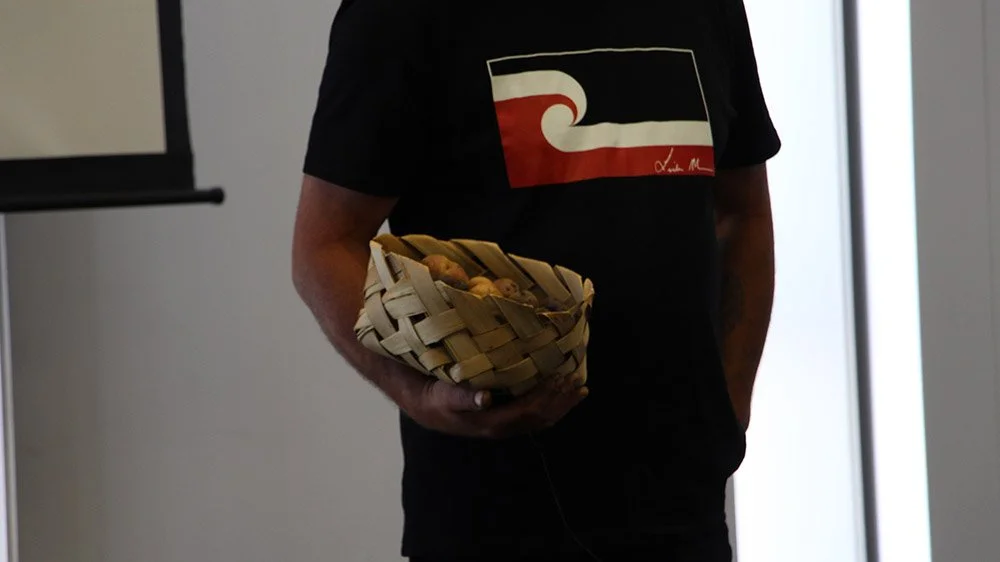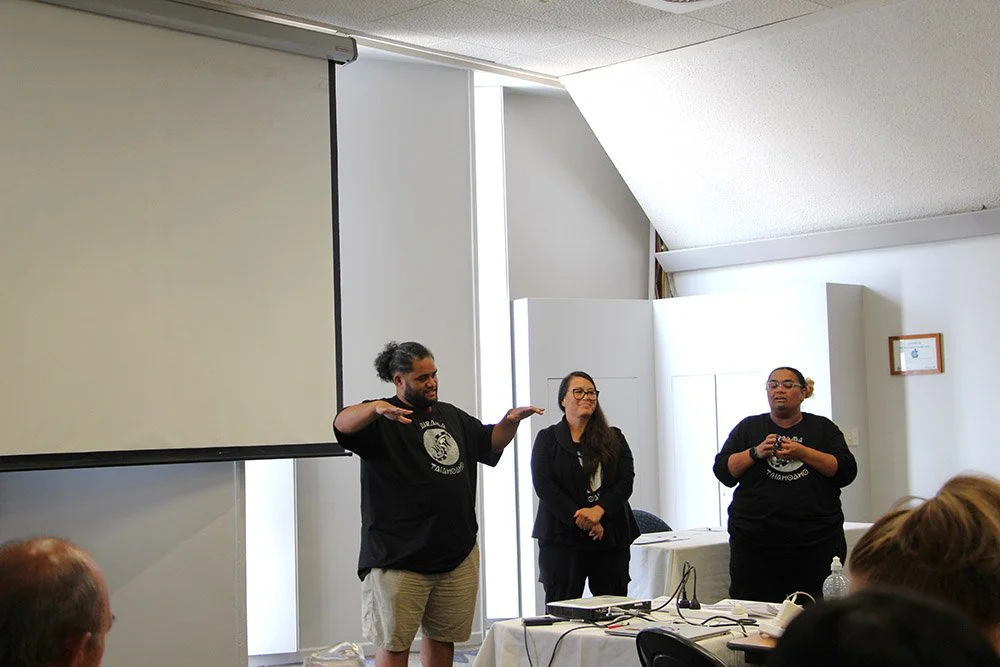Hui Kaikōkiri 2025 – Reflections
On 17th – 18th February, Te Kāwai Toro hosted our annual Hui Kaikōkiri, bringing our leading kaupapa Māori initiatives from across the motu (land) to Te Whanganui-a-Tara (Wellington).
The Hui Kaikōkiri offers an intentional pause from the everyday; a chance to connect, share, and recharge with others who are doing powerful, values-driven mahi. Every year, this hui (meeting) reminds us why kaupapa Māori innovation is not just important, it’s unstoppable.
*Ngā Kaikōkiri in attendance included: Te Ora Hou te Tairāwhiti, Te Kawa o Rongo, Hāpai Tūhono, Ngātiwai ki Whangaruru, Te Atakura Institute for Educators Aotearoa (TAIEA), Doctrine of Discovery, Āteanui, Indigishare, and Ngā Hapū o Ōtaki. We were pleased to be joined by Weaving Insights, J R McKenzie Trust & Staff, Te Kāwai Toro, Te Kāhui Rangatahi, and Mana Communications.
Whakawhanaungatanga (establishing relationships), kōrerorero (discussions) and waiata (songs) that was facilitated by Kate Cherrington A day to be centred around discussion, collaboration, and celebration.
Each group shared their amazing mahi (work) over the past year – covering their progress, highlights, and challenges. Throughout the presentations, we heard from whānau (family) who are reshaping futures, restoring tikanga (Māori practices), and re-designing systems that better serve our people.
We heard from many kaupapa Māori organisations who are challenging colonial structures, and building alternatives grounded in whakapapa (genealogy), mana motuhake (independence), and mātauranga Māori (Māori knowledge). Whether it’s through regenerating moana (ocean) ecosystems, creating new pathways for rangatahi (youth) into meaningful careers, re-indigenising education systems, or building safe spaces for rangatahi Māori, the message was clear: transformation is already happening.
A strong theme this year was imagination – the boldness to not only dream of different futures, but to start living them now. From a maramataka-based (Māori lunar calendar) trading card game strengthening rangatahi wellbeing, to initiatives reclaiming the moana as a site of abundance rather than extraction (complete with a children’s storybook!), kaikōkiri demonstrated that our futures are limited only by the limits we set for ourselves.
Another important theme was intergenerational movement. Within kaikōkiri, we heard about rangatahi who once participated in a programme themselves, coming back as mentors and leaders. Likewise, we saw kaumātua (elders) walking alongside uri (descendants) as they developed educational frameworks, career pathways, and constitutional transformation initiatives, ensuring every step forward is grounded in ancestral wisdom.
The challenges were not hidden. Many kaikōkiri spoke candidly about the struggles of scaling up without losing integrity, the difficulty of finding sustainable funding, and the ongoing labour of pushing against systems not designed for the iwi taketake o Aotearoa (indigenous peoples of New Zealand). However, there was also an overwhelming sense of determination — a recognition that by moving together, supporting each other’s mana (prestige), and staying anchored in tikanga Māori, we are already creating the world our mokopuna (grandchildren) deserve.
Over the second day of Hui Kaikōkiri, the rōpū (groups) came together to discuss their ideas for the future, the barriers that may prohibit these, and the action we can take to overcome them.
More than just a place to share initiatives with one another, the hui allowed ngā kaikōkiri to develop friendships as well as strategic relationships, based on the ability to collaborate and benefit from each other.
As always, Hui Kaikōkiri reminds us that our strength lies not just in what we do, but in how we do it – grounded, connected, and unapologetically Māori.




